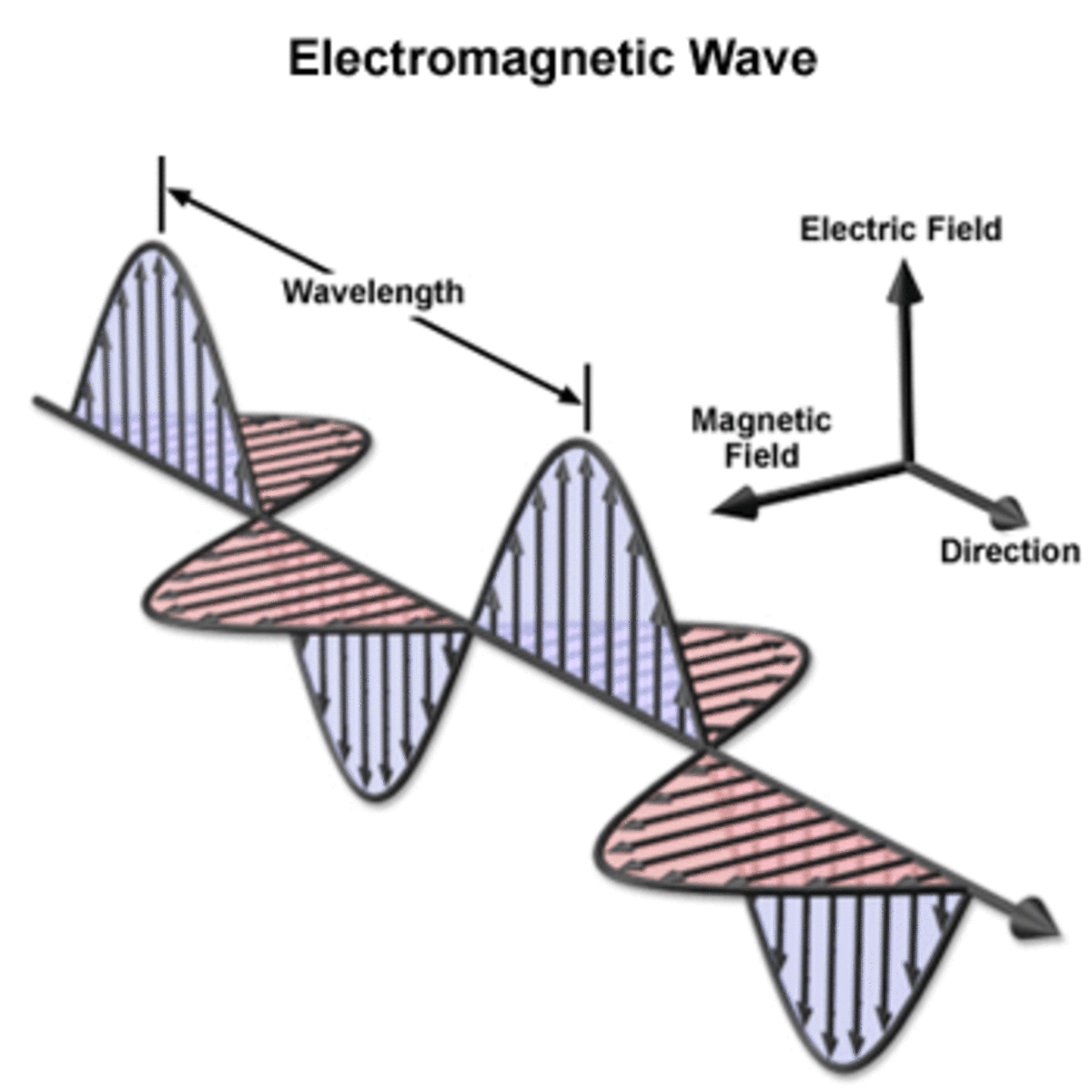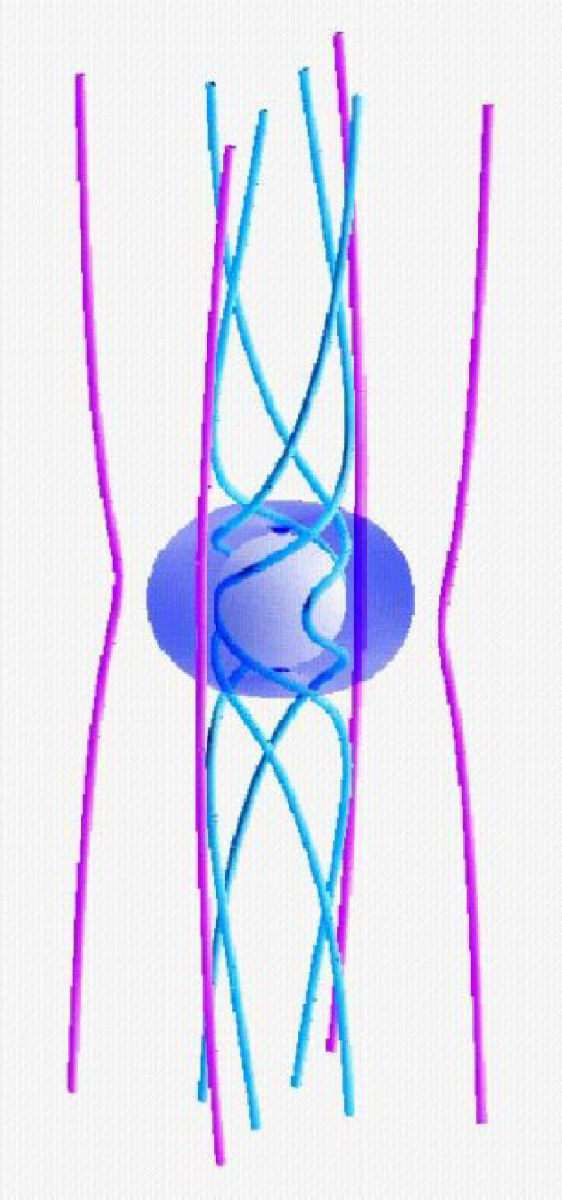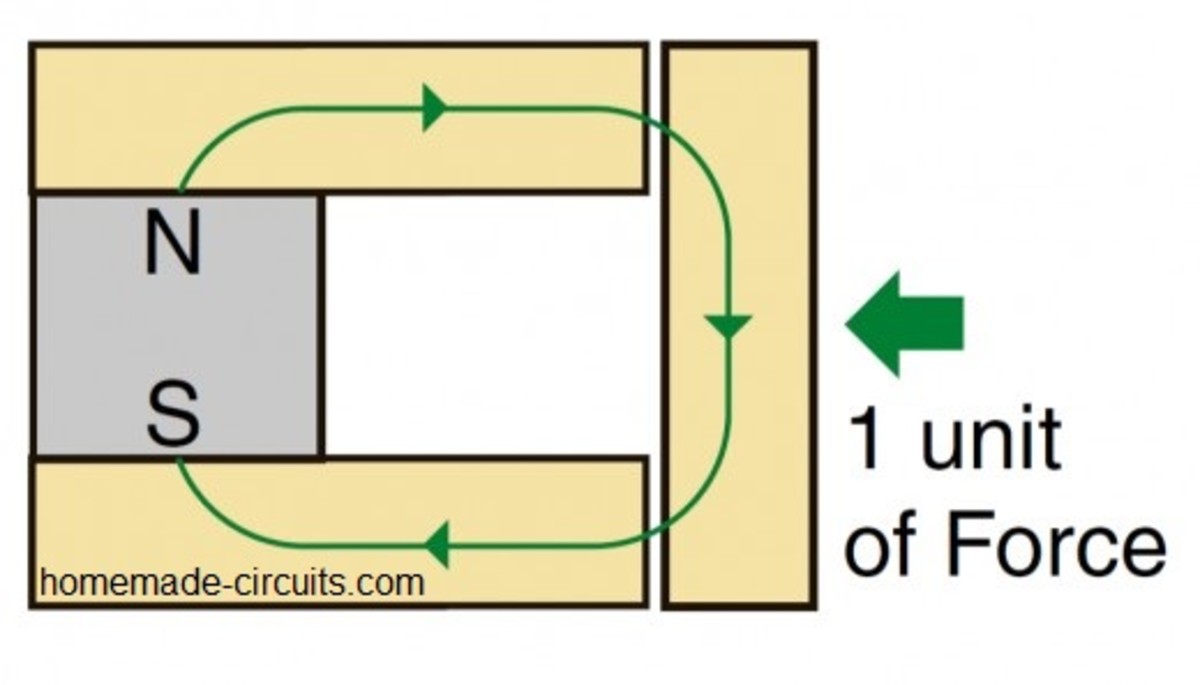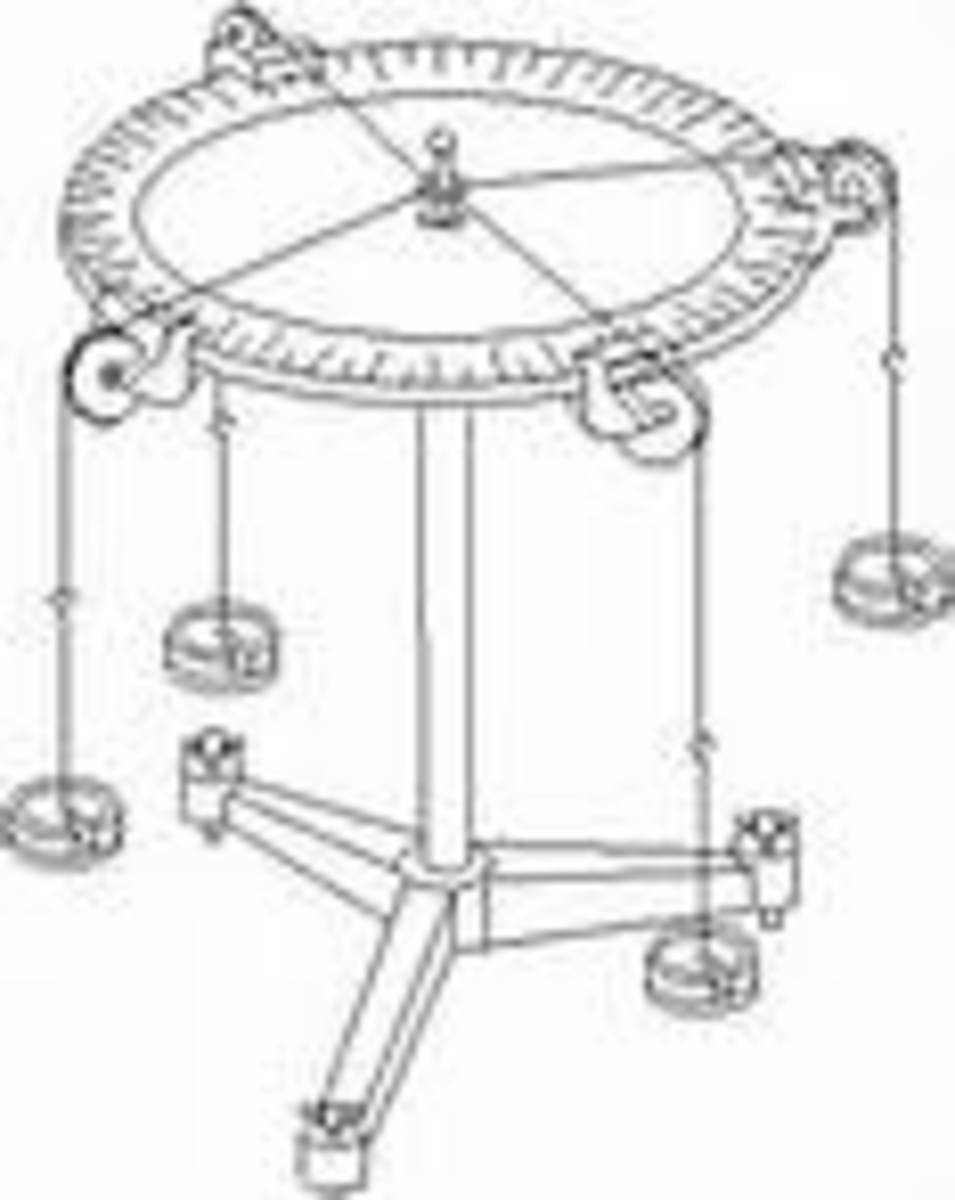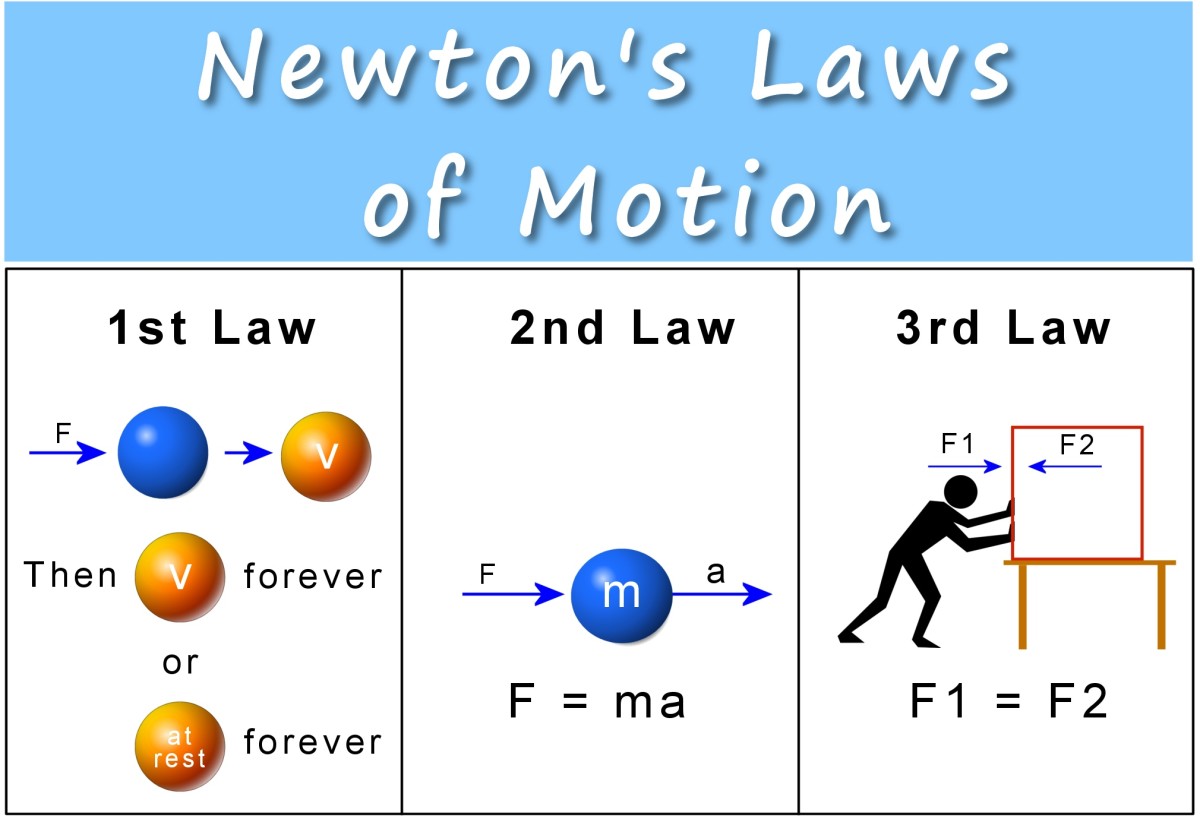Electromagnetic Fields

By Joan Whetzel
Alternating Current (AC) is an electric current that travels along wires which generates EMFs (electromagnetic fields). Whenever the current flows, changes occur in the EMFs. The variations in EMFs can have positive or negative effects on the environment.
Electromagnetic Fields (EMFs) Defined
Current - or an electrical charge flowing along a wire - creates EMFs that radiate outward from the wire. EMFs vary depending on power usage. That means when consumers demand more power, the electrical current in the wire becomes stronger, which in turn, creates more intense magnetic fields. When power usage goes down, the current weakens, and so do the EMFs. Yet EMFs can still be detected even when current is not flowing.
What Is an Electromagnetic Field?
An electromagnetic field (EMF) is the field of energy that sourrounds wires (power lines) and electrical devices (e.g. computers and other appliances) with power being supplied to them, or with electrical energy flowing through them. EMFs change with the variations in voltages. Higher voltages create higher, stronger EMFs and lower voltages result in lower, less powerful EMFs. A few scientific studies have found a weak link between exposure to EMF frequencies and childhood lukemia, but so far no difinitive cancer links have been found in adults. However, EMFs may cause lowered heart rates and interfernece with brain activity while sleeping in adults.
How EMFs Work
Electrical fieldsmake particles move faster, which creates the energy we use. Magnetic fields repel the particles which helps that energy move along the wires. Transformers were invented for use with this combined electromagnetic energy. Motors and relays operate off the magnetic portion of the EMF. Radio and TV transmitters and receivers make use of the electromagnetic radiation produced within a limited range of frequencies.
EMF Theory
Essentially, electromagnetic theory asserts that flowing current produces a magnetic field around the wire through which it travels. That magnetic field radiates outward in a circular configuration. As the current within the wire changes, the magnetic field outside the wire also changes, making the current in nearby wires flow as well (this is the theory behind how transformers work).
EMFs at Home
Appliances discharge EMFs as long as they are plugged into wall outlets, even when the appliance (i.e. toaster, washer, dryer, electric stove or oven, computer, TV, stereo, home entertainment system) is not turned on. When the appliance is unplugged, the EMF disappears.
Warning
Changing EMFs can set off coupling - which is geek-speak for a crosstalk with nearby circuits. It can also generate electromagnetic interference (EMI) with circuits that are further away from the wire or wires creating the EMFs. EMI refers to a group of unwanted signals from nearby electromagnetic fields. The EMI and coupling can create signal interference for TVs and stereo receivers and glitches in the electrical current coming into homes and business.
Reference
Guru, Bhag Singh and Huseyin R. Hiziroglu. Cambridge University. Electromagnetic Field Theory. Second Edition. http://assets.cambridge.org/97805218/30164/excerpt/9780521830164_excerpt.pdf
Brooks, Douglas. Electromagnetic Field Basics: The Good, the Bad, and the Ugly.
http://www.ultracad.com/mentor/electromagnetic%20fields.pdf
Spinvestigations. Electromagnetic Fields.
http://www.spinvestigations.org/EMF.pdf
Medline Plus. Electomagnetic Fields.
http://www.nlm.nih.gov/medlineplus/electromagneticfields.html
World Health Organization. Electromagnetic Fields (EMFs)

